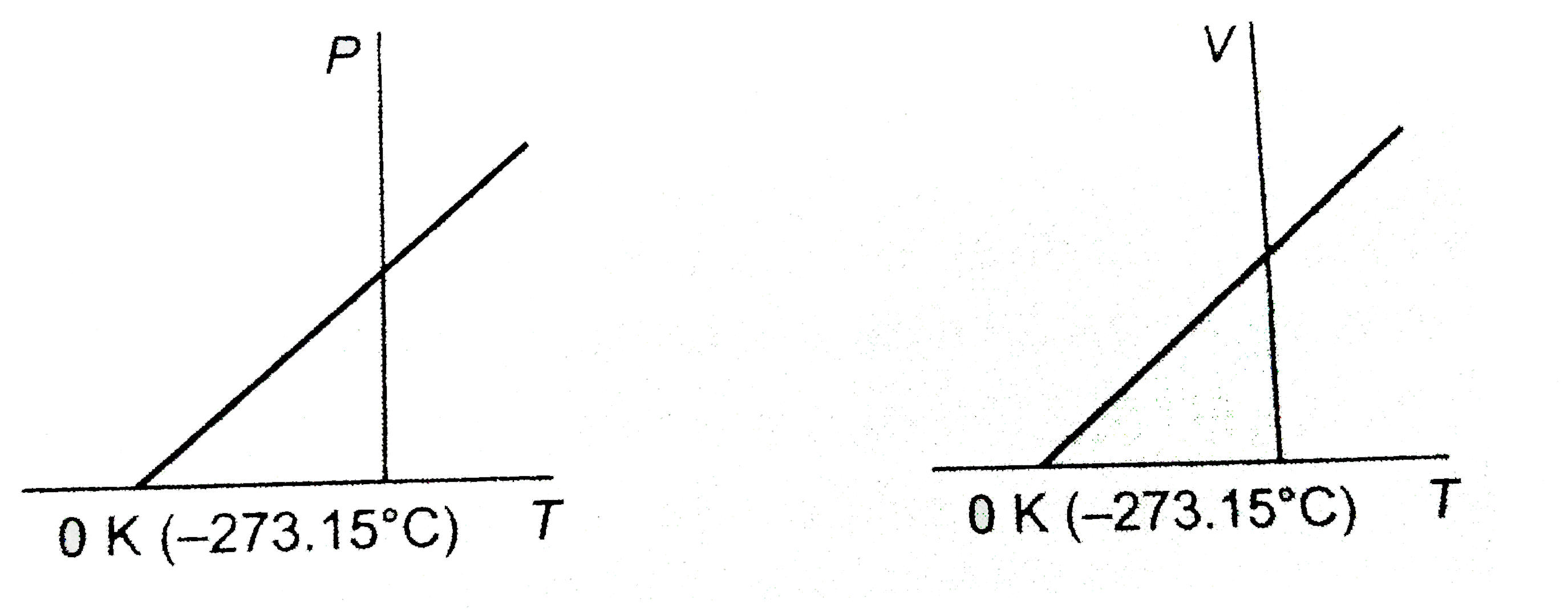What conclusions would you draw if the Lassaigne's extract gives a blood red colouration with FeCI3 ?
To determine the conclusions drawn from the Lassaigne's extract giving a blood red coloration with FeCl3, we can follow these steps:
1. Understanding Lassaigne's Test:
Lassaigne's test is a qualitative analysis method used to detect the presence of certain elements (like nitrogen, sulfur, and halogens) in organic compounds. The organic compound is fused with sodium, and the resulting extract is tested for various elements.
Hint: Remember that Lassaigne's test is primarily used to detect nitrogen and sulfur in organic compounds.
2. Reaction with FeCl3:
When the Lassaigne's extract (which contains sodium salts of the elements present in the original compound) is treated with ferric chloride (FeCl3), a specific reaction occurs. The presence of thiocyanate ions (SCN⁻) leads to the formation of a complex with iron.
Hint: Focus on the specific ions that can react with FeCl3 to form colored complexes.
3. Formation of Blood Red Complex:
The blood red color observed is due to the formation of the complex (Fe(SCN)3). This indicates that thiocyanate ions are present in the solution, which suggests that sulfur and nitrogen are part of the original organic compound.
Hint: The color change is a key indicator of the presence of specific ions, in this case, thiocyanate.
4. Conclusion about the Elements Present:
Since the blood red coloration indicates the presence of the thiocyanate ion, we can conclude that the original organic compound contains both nitrogen and sulfur. This is because the thiocyanate ion (SCN⁻) is derived from the reaction of sulfur with nitrogen in the presence of sodium.
Hint: Summarize your findings by stating the elements detected based on the color change.
Final Conclusion:
The blood red coloration observed when Lassaigne's extract is treated with FeCl3 indicates the presence of both nitrogen and sulfur in the original organic compound.
Lassaigne's test is a qualitative analysis method used to detect the presence of certain elements (like nitrogen, sulfur, and halogens) in organic compounds. The organic compound is fused with sodium, and the resulting extract is tested for various elements.
When the Lassaigne's extract (which contains sodium salts of the elements present in the original compound) is treated with ferric chloride (FeCl3), a specific reaction occurs. The presence of thiocyanate ions (SCN⁻) leads to the formation of a complex with iron.
The blood red color observed is due to the formation of the complex (Fe(SCN)3). This indicates that thiocyanate ions are present in the solution, which suggests that sulfur and nitrogen are part of the original organic compound.
Since the blood red coloration indicates the presence of the thiocyanate ion, we can conclude that the original organic compound contains both nitrogen and sulfur. This is because the thiocyanate ion (SCN⁻) is derived from the reaction of sulfur with nitrogen in the presence of sodium.
The blood red coloration observed when Lassaigne's extract is treated with FeCl3 indicates the presence of both nitrogen and sulfur in the original organic compound.
Topper's Solved these Questions
- BOOK - MODERN PUBLICATIONCHAPTER - ORGANIC CHEMISTRY: BASIC PRINCIPLES AND TECHNIQUESEXERCISE - NCERT EXEMPLAR PROBLEMS (Multiple Choice Questions (Type - I) )15videos
ORGANIC CHEMISTRY: BASIC PRINCIPLES AND TECHNIQUES
- BOOK - MODERN PUBLICATIONCHAPTER - ORGANIC CHEMISTRY: BASIC PRINCIPLES AND TECHNIQUESEXERCISE - NCERT EXEMPLAR PROBLEMS (Multiple Choice Questions (Type - II) )7videos
ORGANIC CHEMISTRY: BASIC PRINCIPLES AND TECHNIQUES
- BOOK - MODERN PUBLICATIONCHAPTER - ORGANIC CHEMISTRY: BASIC PRINCIPLES AND TECHNIQUESEXERCISE - (CONCEPTUAL QUESTIONS 1 )29videos
ORGANIC CHEMISTRY: BASIC PRINCIPLES AND TECHNIQUES
- BOOK - MODERN PUBLICATIONCHAPTER - MOCK TEST-2EXERCISE - SECTION D1videos
MOCK TEST-2
- BOOK - MODERN PUBLICATIONCHAPTER - REDOX REACTIONS EXERCISE - COMPETITION FILE (Objective Questions) (C. MULTIPLE CHOICE QUESTIONS)9videos
REDOX REACTIONS
Similar Questions
Knowledge Check
- Question 1 - Select One

B gives red colouration with FeCl3.AA is CH3−CH∣CH3−O∣∣C−OHBD is CH3−CH∣CH3−NH2CD is CH3−CH∣CH3−OHDBoth A and C - Question 2 - Select One
In the Lassaigne’s test, the blood red colouration is due to the formation of
AFe(CNS)2BNaCNSCNH4CNSDFe(CNS)3 - Question 3 - Select One
What conclusion would you draw from the following graphs for an ideal gas?
 AAs the temperature is reduced, the volume as well as the pressure increaseBAs the temperature is reduced, the volumebecomes zero and the pressure reaches infinityCAs the temperature is reduced, the pressure decreaseDA point is reached where, theoretically, the volume become zero
AAs the temperature is reduced, the volume as well as the pressure increaseBAs the temperature is reduced, the volumebecomes zero and the pressure reaches infinityCAs the temperature is reduced, the pressure decreaseDA point is reached where, theoretically, the volume become zero
Sodium extract of an organic compound gives blood red colour with FeCl3. It contains
View SolutionWhich of the following gives blood red colour with KCNS?
View SolutionWhich of the following anions gives blood red colour with neutral FeCl3 solution ?
View SolutionWhich acid gives wine red colour with neutral FeCl3
View Solution(A) p−NH2C6H5SO3H gives blood red colouration while performing Lassaigne's test for nitrogen.
(R) Sodium fusion extract containing NaCNS gives blood red colour on treatment with FeCI3.View Solution

